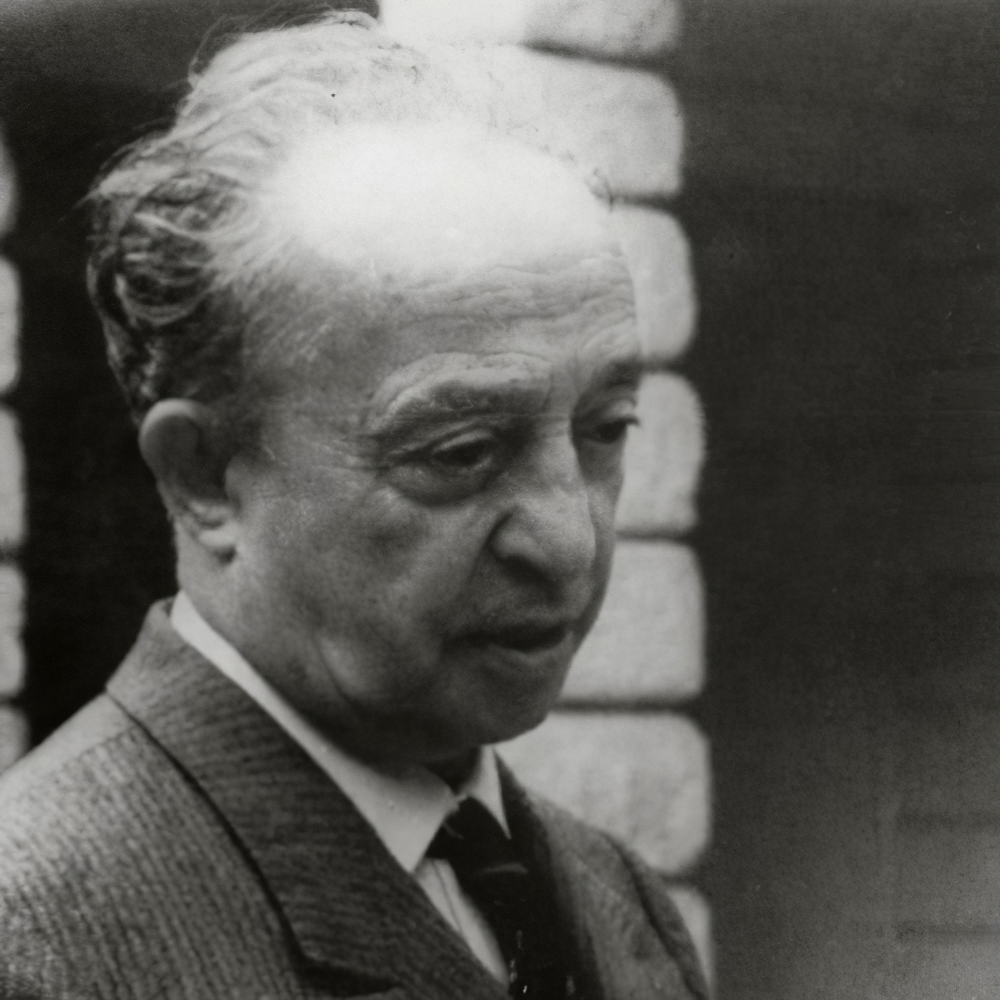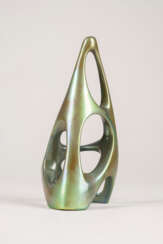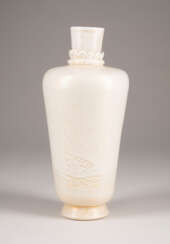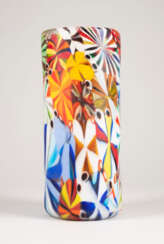
Modern ceramics and glass — MODERNE & ZEITGENÖSSISCHE KUNST

Ercole Barovier is an Italian glass artist and designer.
In 1936 he founded Ferro Toso Barovier together with his brothers Dezio and Artemio Toso, which became Barovier — Toso & Co. in 1939 and Barovier & Toso in 1942.
He was also artistic director of the glassworks until 1972.

Carlo Scarpa was an Italian architect, influenced by the materials, landscape and the history of Venetian culture, and by Japan. Scarpa translated his interests in history, regionalism, invention, and the techniques of the artist and craftsman into ingenious glass and furniture design.

Tomaso Buzzi was an Italian architect and designer.
He also worked as a furniture and glass designer and wrote articles in Domus and Dedalo. Buzzi's slow departure from modernism accentuated after 1945, when he worked mainly as a private architect for the Italian aristocracy and the big bourgeoisie of the Volpi, Agnelli, etc.

Dino Martens was an Italian painter and designer particularly noted for his glass work trained at the Accademia di Belle Arti. He had his paintings exhibited at the Venice Biennale (1924-1930) and after his return from Italy's African wars became the artistic director of Aureliano Toso (the famous Venetian glass works). He remained there for many years producing many noted works using traditional Venetian techniques but producing some original effects, "daring" asymmetric shapes - the designs often being marked by their obvious difficulty of execution.

Dino Martens was an Italian painter and designer particularly noted for his glass work trained at the Accademia di Belle Arti. He had his paintings exhibited at the Venice Biennale (1924-1930) and after his return from Italy's African wars became the artistic director of Aureliano Toso (the famous Venetian glass works). He remained there for many years producing many noted works using traditional Venetian techniques but producing some original effects, "daring" asymmetric shapes - the designs often being marked by their obvious difficulty of execution.

Dino Martens was an Italian painter and designer particularly noted for his glass work trained at the Accademia di Belle Arti. He had his paintings exhibited at the Venice Biennale (1924-1930) and after his return from Italy's African wars became the artistic director of Aureliano Toso (the famous Venetian glass works). He remained there for many years producing many noted works using traditional Venetian techniques but producing some original effects, "daring" asymmetric shapes - the designs often being marked by their obvious difficulty of execution.






























































